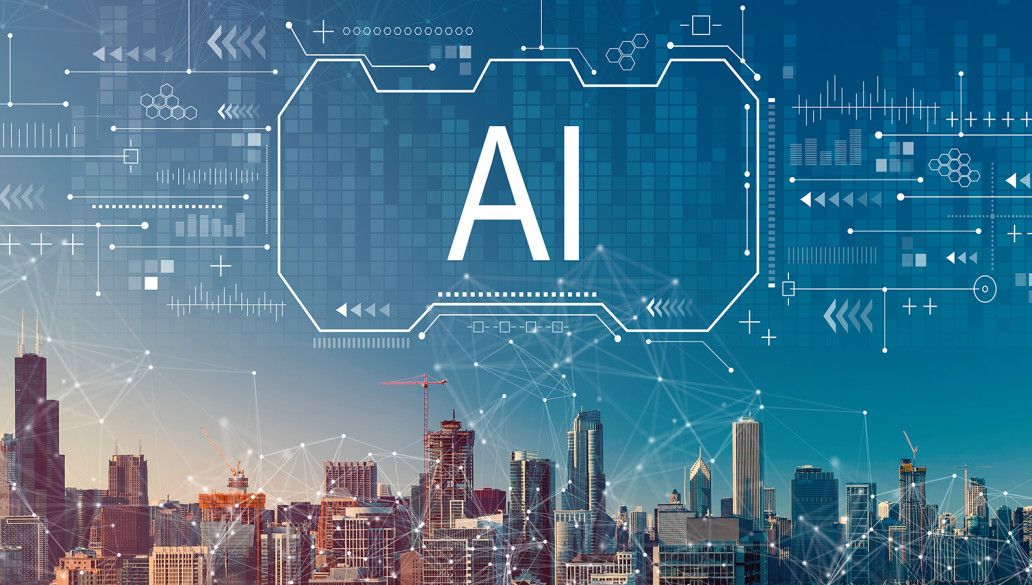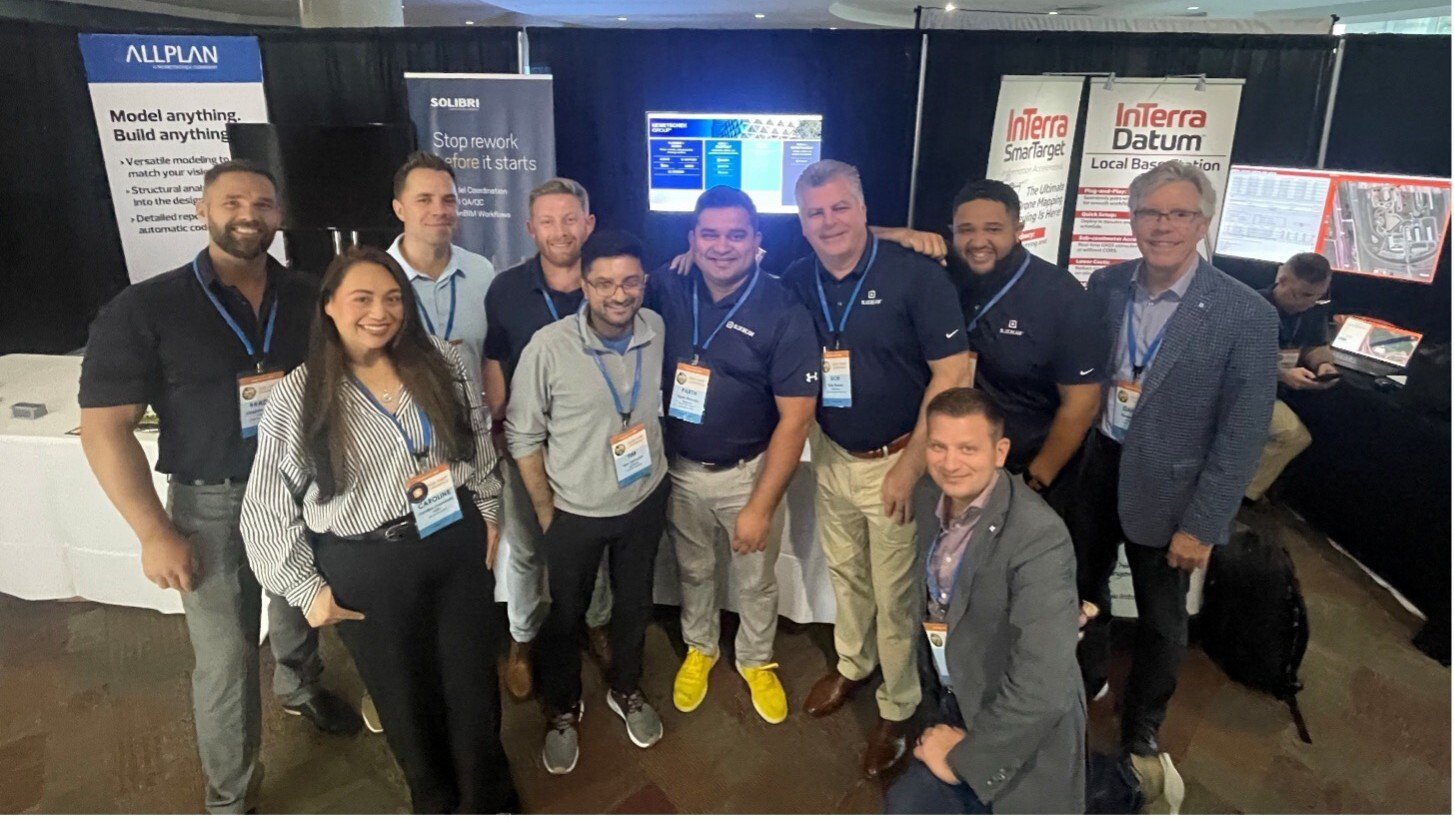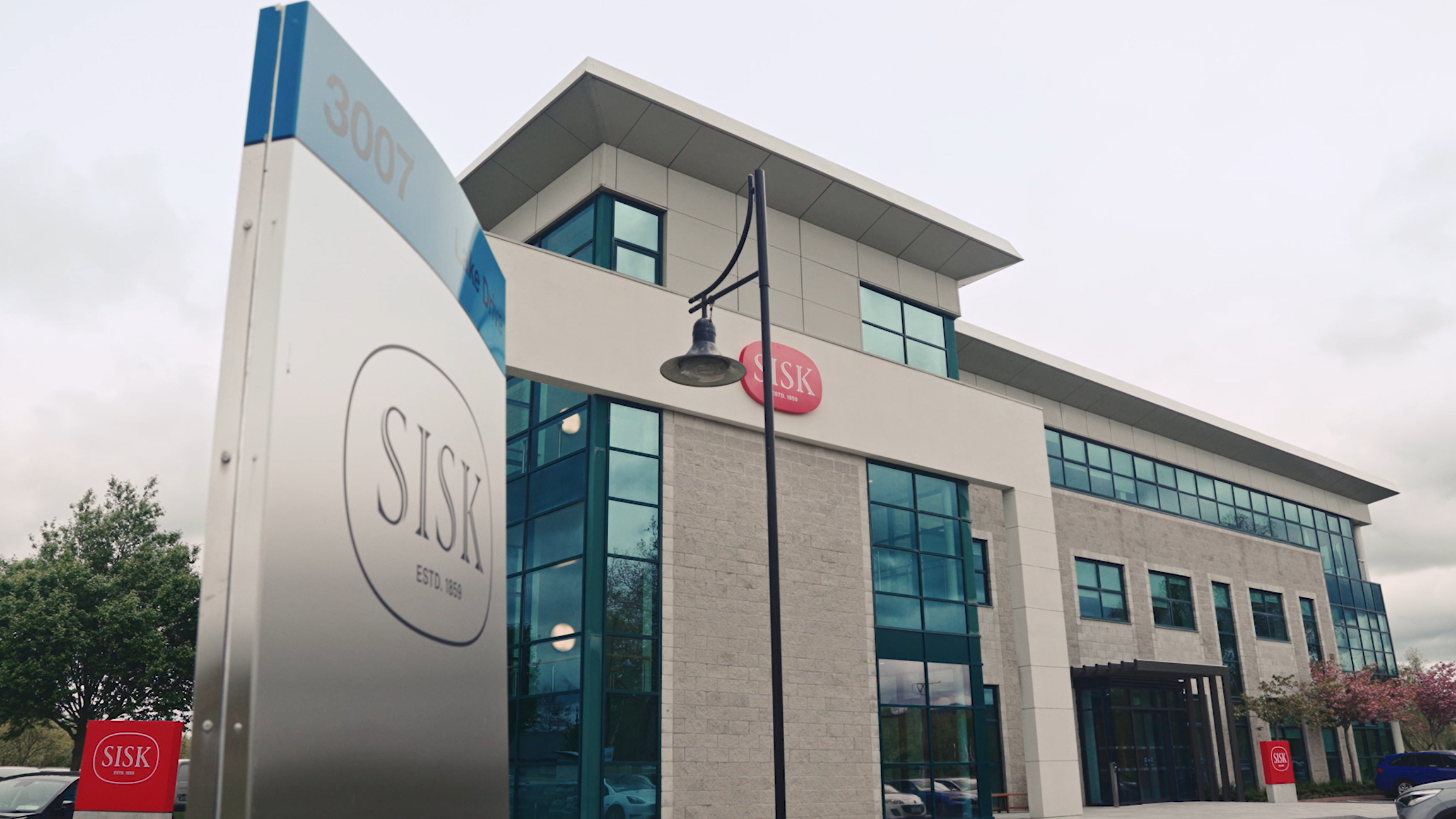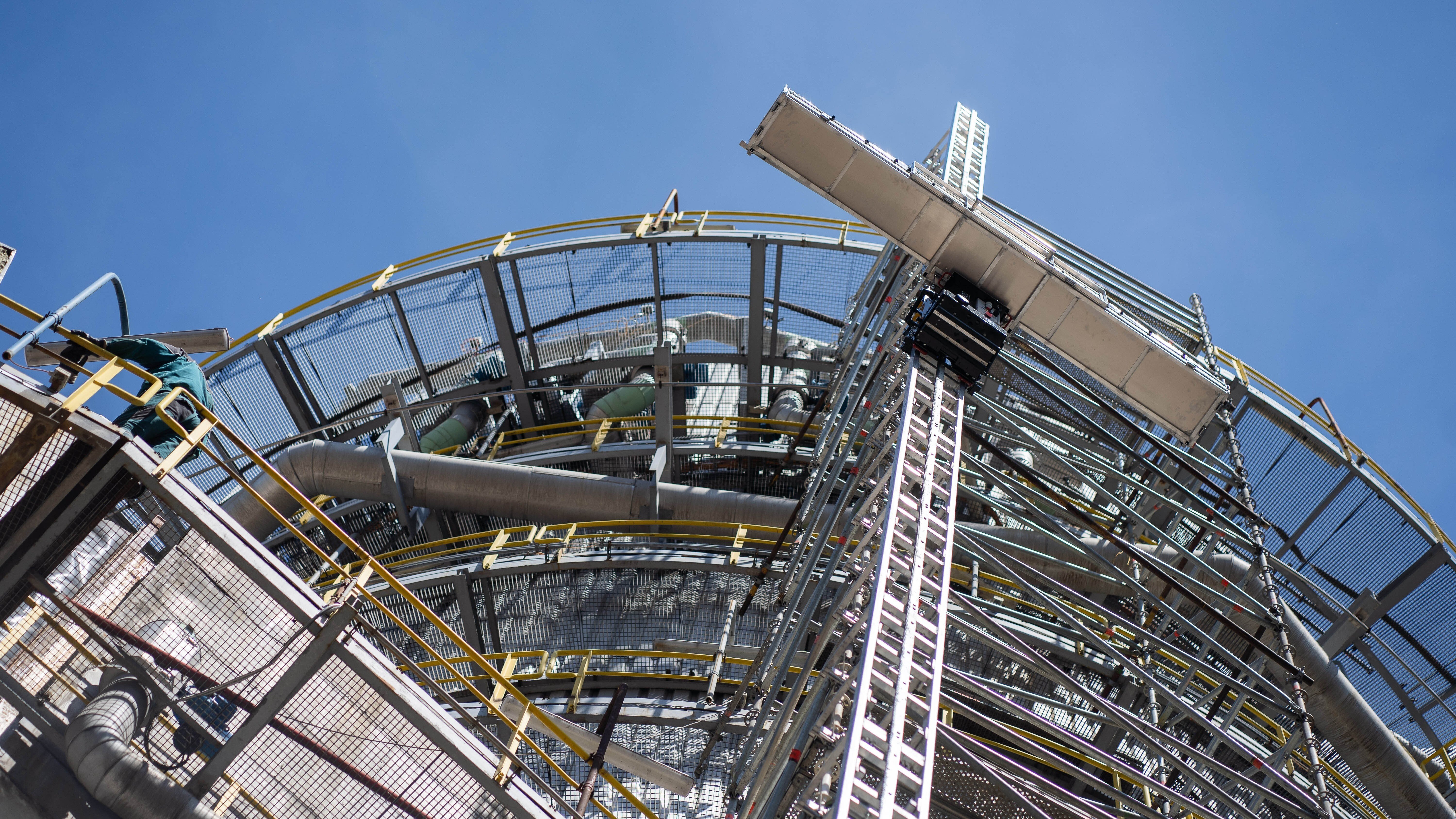AI in the Building Lifecycle
Artificial intelligence (AI) is set to become an integral part of the construction process.
Author
Don Jacob
VP Technology Build & Construction Division @ Nemetschek Group
This article belongs to the collection Building Lifecycle Intelligence
To the topic pageDelivering more with less
With the shift to data-driven design due to Building Information Modeling (BIM) and the ability to easily share information using cloud technology, increasing amounts of data are being generated by construction projects during the entire building lifecycle and extending beyond commissioning to the operational phases of the project. Stakeholders throughout the entire construction value chain are becoming information managers as a result of this change. Yet to maximize the value and potential of this data requires additional help – and this is precisely what AI can offer the architecture, engineering, construction and operate (AEC/O) industry.
Data is at the core of AI and what makes it function – using historical information, machine learning can predict future results based on past performance, identify patterns, or perform repetitive tasks and generate new insights in ways never-before imagined. This has the potential to transform every part of the construction process, in various ways. Planning and design are already benefiting from advanced software tools – like those provided by the Nemetschek Group – which help identify clashes between models, create accurate construction simulations and schedules, and increase the efficiency of the design stage. The need to deliver projects successfully with fewer resources has driven the need to leverage the insights that AI and Machine Learning provides. AI has proven valuable new methodologies such as generative design, creating thousands of options in a fraction of the time which can then be selected from and refined by the designer to meet client requirements. In the future, the use of AI in design will continue to remove the manual tasks from the process, enabling design and planning to be cheaper, faster, and higher quality.
Delivering more with less is also an important theme for both project managers and site staff. The AEC industry has historically grappled with time and cost overruns, particularly as projects have become larger and more complex. AI holds the key to overcoming these challenges, improving project monitoring and risk management. By identifying common patterns that lead to problems and alerting project managers, corrective action can be taken sooner, before issues become critical and affect progress. Similarly, risks can be prioritized by AI systems, removing subjectivity from risk analyses and helping teams focus resources on the most important issues.
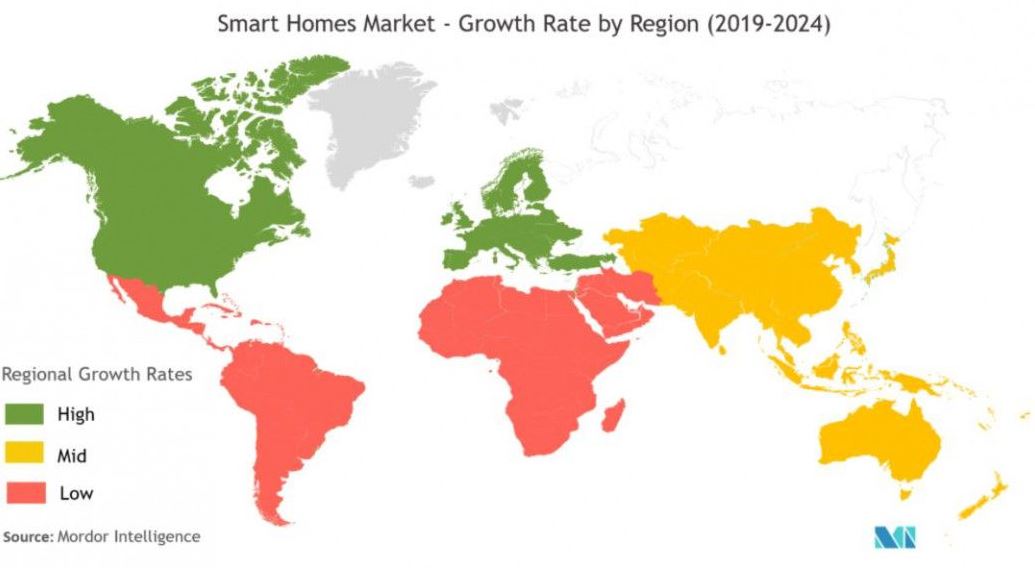
SMART HOMES MARKET - GROWTH, TRENDS AND FORECAST (2020-2025)
Increasing efficiency for more sustainable buildings
For construction managers, improving the logistical inefficiencies of construction sites is how the building process itself will be transformed by AI. Arranging deliveries and sourcing plant and materials are areas that will see significant improvements as more efficient routes, loading, and stock management are proposed by AI systems. Downtime will be minimized and managed effectively as resource utilization will be better planned for material tracking, the activities taking place on site, and health and safety risks can be better identified and mitigated. Even materials suppliers and equipment manufacturers will be able to optimize their quality control, procurement, inventory management, pricing, and delivery systems by integrating AI into their processes. As the management and monitoring of the construction process is particularly complex, AI will provide substantial benefits in this area.
While efficiency has been the main driver for AI in the construction industry, there is an increased focus on the end user’s requirements and the desire for more sustainable buildings. Once a project is completed, AI continues to offer advantages throughout the asset’s operation. Sophisticated facilities management systems that integrate information from internet-enabled sensors and other data capture equipment are rapidly becoming commonplace. AI is already helping existing facilities – such as data centers – increase their efficiency and reduce their energy usage. In a smaller setting, we are seeing the rise of the smart home as more Internet of Things (IoT) devices are being adopted by residents. In fact, the home automation market is expected to quadruple in value over the next five years*, meaning that the AEC/O industry will have to adapt to the changing needs of the user and find ways to deliver these requirements. The only way to achieve this will be through increased digitalization throughout the industry, including integrating AI into existing processes.
No other emerging technology has the potential to disrupt and transform the entire building lifecycle to the extent that AI will. With data playing an increasingly important part of the design, construction, and operation process thanks to BIM, leveraging the power of AI to enhance efficiency even further and meet user demands is the next logical step in the evolution of the AEC/O industry.

